Stay Ahead of the Curve
Latest AI news, expert analysis, bold opinions, and key trends — delivered to your inbox.
Google Launches 'Implicit Caching' to Cut Gemini API Costs for Developers
5 min read Google has introduced implicit caching for its Gemini 2.5 Pro and Flash models, automatically reducing API costs by up to 75% when repeated context is detected in prompts. Unlike the previous manual caching system, this feature is enabled by default, though developers are advised to structure prompts strategically and monitor for actual savings. May 09, 2025 13:49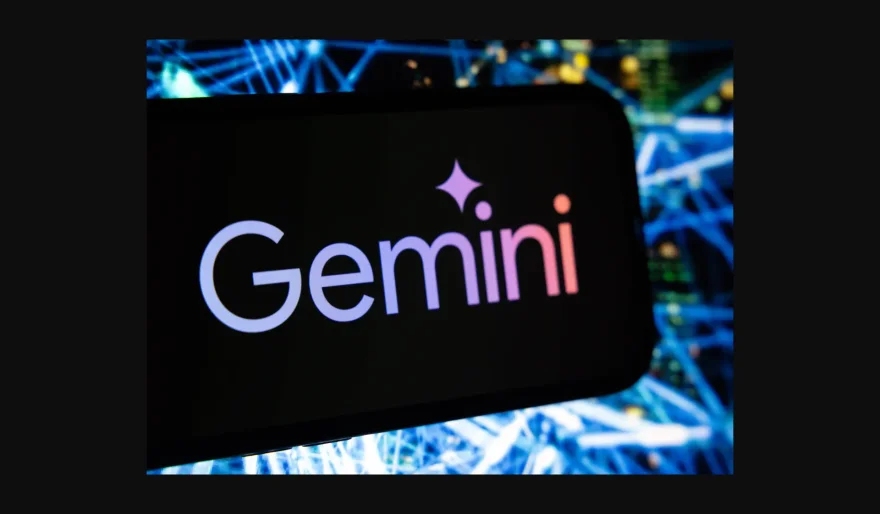
According to Google, implicit caching can deliver up to 75% savings on repeated context sent to the API, supporting both Gemini 2.5 Pro and Gemini 2.5 Flash models. The feature is enabled by default, which means developers can benefit from lower bills without having to configure anything manually.
What Is Implicit Caching?
Caching isn’t new in AI. It’s a common technique to store and reuse previously processed data to save time and money. Google previously offered explicit prompt caching, where developers had to manually define which prompts should be cached.
That earlier system, however, drew criticism. Developers said the implementation was clunky, confusing, and in some cases led to unexpectedly high API charges. The feedback reached a tipping point recently, prompting an apology from the Gemini team and a promise to fix things.
Now, Google is flipping the script.
With implicit caching, the system automatically detects and reuses common "prefixes" in API requests. If a request begins with the same context as a previous one — such as repeating instructions or boilerplate text — it triggers a cache hit and automatically reduces the cost of that API call.
“When you send a request to one of the Gemini 2.5 models, if the request shares a common prefix as one of [your] previous requests, then it’s eligible for a cache hit,” Google explained in a blog post. “We will dynamically pass cost savings back to you.”
Key Details Developers Should Know
-
Token thresholds for caching: Minimum of 1,024 tokens for Gemini 2.5 Flash and 2,048 tokens for Gemini 2.5 Pro. (Roughly 750 and 1,500 words respectively.)
-
Best practices: To maximize savings, Google recommends placing static or repeated context at the beginning of prompts, while dynamic elements (like user input) should go at the end.
-
Automatic, but not transparent: While Google promises savings will be passed back to users, there's currently no third-party verification that confirms how often or how much is actually saved.
Early Take: Promising, But Caution Warranted
While implicit caching seems like a smart and developer-friendly move, especially compared to the manual labor required for explicit caching, some skepticism remains. Google's last attempt at cost-saving via caching didn’t go smoothly, and with no public transparency metrics in place yet, developers will need to monitor their bills closely in the coming weeks.
Still, the move reflects Google’s growing emphasis on making its AI tools not only powerful but also more accessible and affordable — especially for developers building real-world applications at scale.
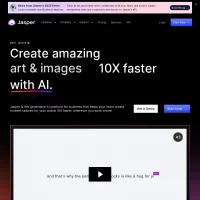
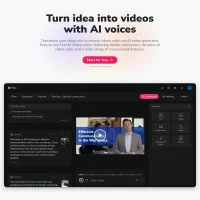
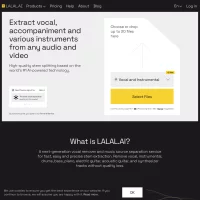
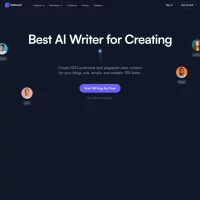
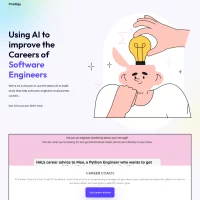
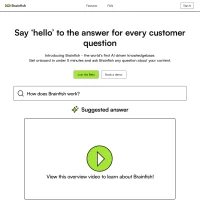

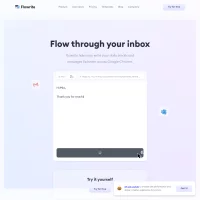

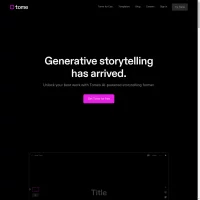


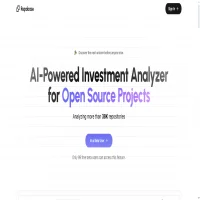




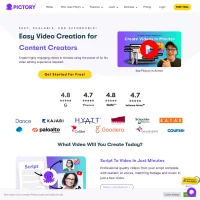

 AI Agents
AI Agents